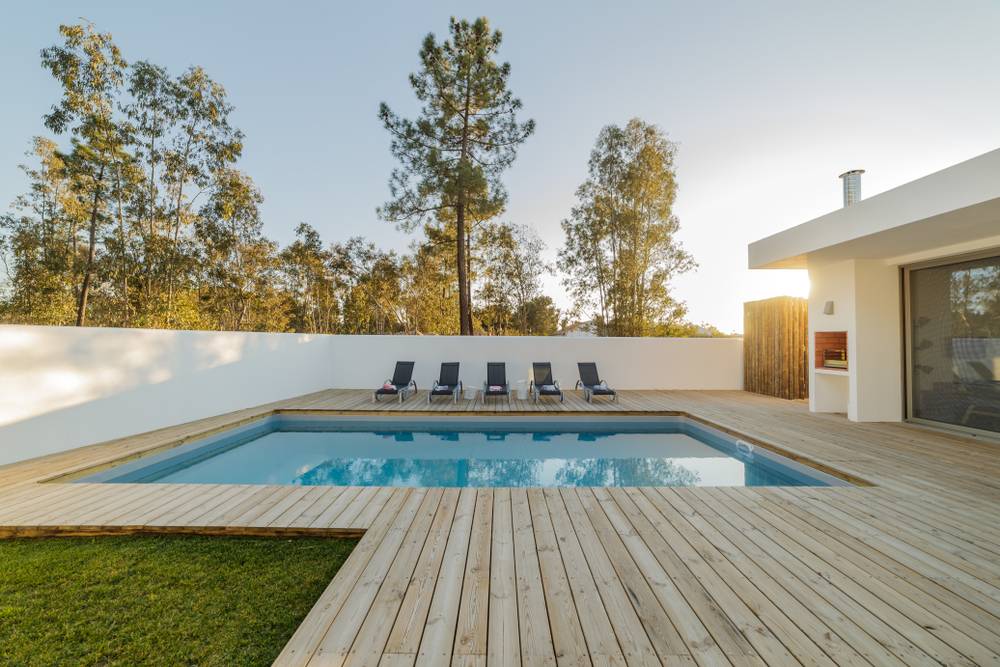Hello, and welcome to the forum!
The advice you are going to get here is different from what most in the "pool industry" give, as here they believe in doing your own testing so you are confident in the accuracy of the test results and in maintaining a relationship between the free chlorine in your pool and the stabilizer/CYA.
Dichlor does have stabilizer in it. If you already have a lot of stabilizer in your pool, it can push stabilizer levels even higher. Many people here are having issues because their stabilizer is so high that the chlorine isn't being allowed to do its work and they end up having to drain some or all of their water to get rid of it. So: here it is highly recommended to chlorinate with liquid chlorine only, unless you know your CYA levels via your own tests and figure out the effects of adding dichlor/trichlor to the pool.
Also, they don't practice "Shocking" as a one-time event here, like standard methodology would entail. Here, they recommend keeping your chlorine at an elevated level for a period of time if you are having trouble, to ensure all algae is dead, and then letting the chlorine level come down to something lower (but still typically something over what the industry would suggest, depending on your CYA levels).
So: answers to your question will be difficult to give here, as we recommend a different method of pool management. We recommend you buy your own test kit, a Taylor K-2006c or a TF-100 kit, and test the water yourself and maintain it using results from those tests instead of just dumping shock in the water every so often.



